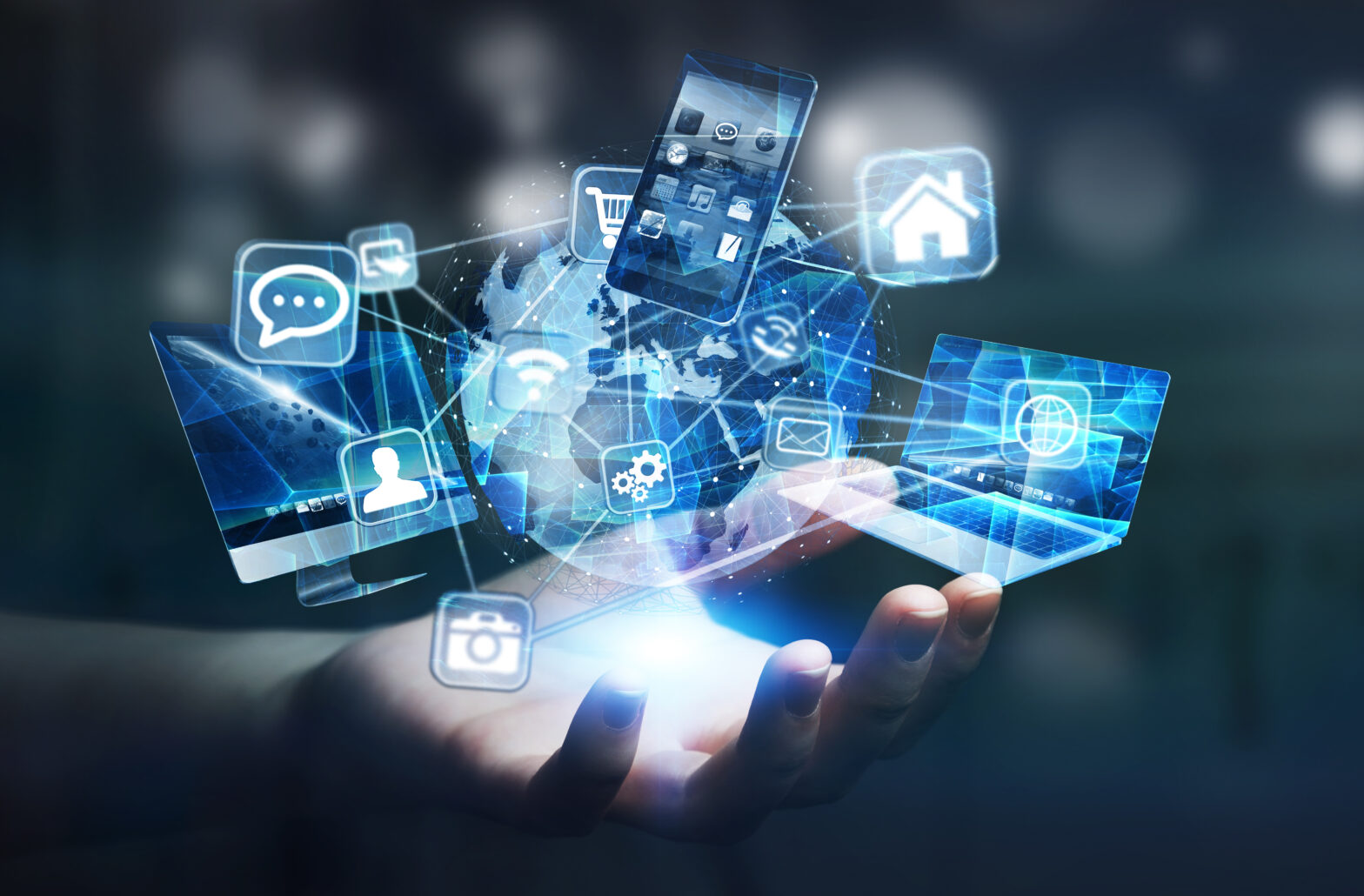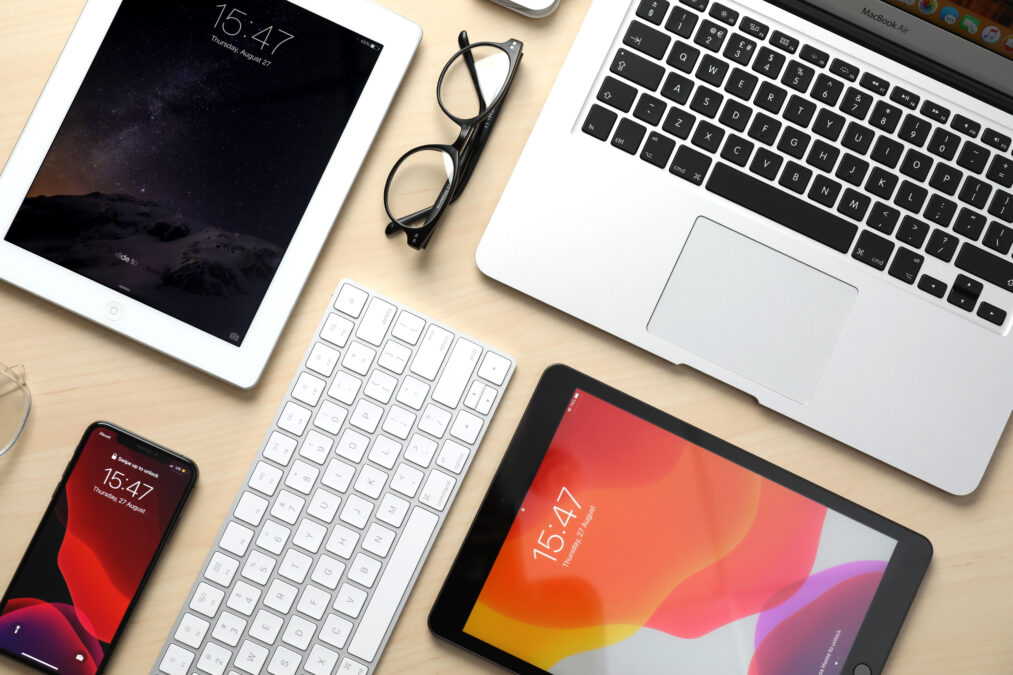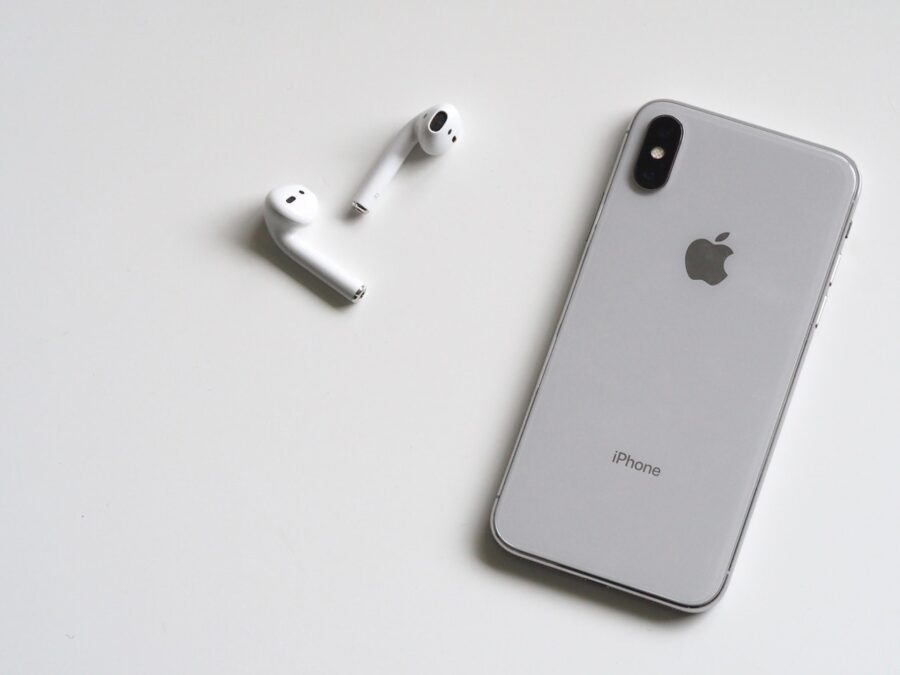Last year saw IoT continue its dramatic rise and become one of the main talking points across the technology and business sector. It saw the total of global ‘things’ increase to an astounding 23 billion, as a never ending array of connected devices joined networks arounds the world.
Everything from wearable technology, smoke detectors to water bottles have made it into the connected market, creating a whole new world of opportunities for businesses to explore.
Employers and employees have continued to see technology evolve and work its way into more business and consumer applications, performing tasks, anticipating people’s needs and making our lives easier.
>See also: Is 2017 the year the Internet of Things will die?
Nevertheless, the industry hasn’t gone without its setbacks. The largest and the first to fall at the feet of IoT was the October 2016 Dyn DDos attacks, which saw a significant number of high profile websites crash, leaving many living in the US and Europe without their favourite sites. The hacks were carried out by overloading specific targets with traffic until they collapsed under the strain.
The attack was reportedly twice as powerful as any similar attack on record. What made this attack so extraordinary is that it was carried out using IoT devices dubbed the Mirai botnet, the first of its kind. Dyn estimated the hack involved up to 100,000 malicious endpoints, which included devices such as digital cameras and DVR players.
It caused websites including; Netflix, Twitter, CNN and The Guardian to remain offline for almost a full day. It’s concerning to businesses and consumers alike that there is currently no government regulation in place for IoT devices, with the technology seeming to evolve too rapidly for any standards to be defined.
Manufacturers building IoT devices or smart “things” are in different jurisdictions around the world, and their products are entering marketplaces too quickly for government regulations to work.
Over the past five years, the number of global connected devices has more than doubled, from 8.7 billion to 23 billion, bringing with it new susceptibilities. Cyber security has been at the forefront of technology concerns for many years, and with an almost uncontrollable number of devices becoming connected, this new cyber threat will continue to grow.
While the development and roll out of these devices is revolutionary; there needs to be a strategy in place to combat vulnerabilities. We must learn from the Dyn attacks by ensuring the products are secured and regulated properly.
In 2017, businesses adopting the ‘Internet of Things’ which seems to slowly creep into the ‘Internet of Everything’, needs to take a step back and evaluate how to protect itself in the future. This is why SOTI is calling for the industry to take stock and consider the ‘Internet of Critical Things’.
Businesses that have adopted IoT and integrated a well thought out strategy have reaped the rewards, with new levels of mobility and efficiency gains nurturing tremendous business growth.
>See also: Intelligent ecosystems and the intelligence of things
IoT, when utilised in the right way, offers untapped potential. Connected endpoints within a business ecosystem act as a portal with the ability to continuously collect valuable data.
Although, simply having the information isn’t enough; it’s the ability to apply the information to enhance the business which is a game-changer. As more connected devices appear, with it comes more information. In fact, 90% of all digital information has been created over the past two years, and this is set to continue.
With a myriad of devices becoming connected the amount of information available is beginning to become unmanageable, rendering large amounts of it almost unusable. With this is mind, businesses need to ask themselves – is all of this data useful? How will it help us differentiate from the competition, improve customer experiences or help us become an industry disruptor?
Once relevant information is identified, it is then critical that data is analysed and used in the most effective way, to help bring about positive change.
There is simply too much information for businesses to use effectively, and attempting to connect all devices and make use of the data will no doubt cause confusion. It is important businesses take stock and identify the ‘things’ that will add the greatest value.
It is critical organisations recognise purposeful boundaries and are aware of what they are trying to achieve from their IoT strategy.
When looking at IoT, it is crucial to identify what matters most to business, and to understand the ‘Why’? Why are companies introducing an IoT strategy and what do they hope to get out of it?
>See also: Why connected cars might kill the insurance market
Once these reasons are identified, organisations can then start to look at what ‘things’ should be added. For most companies the real IoT will be deploying new types of devices, endpoints and “things” to streamline business processes and reduce costs.
However, only those intimately involved in the architecture of their systems know the true idiosyncrasies of their industry and company, as well as the specific needs that IoT systems can address – the key is to identify those needs first.
While it is essential businesses continue to think big and think differently, it is just as important they don’t simply try and connect everything and see what sticks. Businesses need to prepare for the continuing rise of IoT, but the approach needs to make sense for them, and keep their critical systems running for the long term.
Trying to achieve too much can end up being counterproductive. The real value from IoT lies in doing the smaller things well and building on that. 2017 shouldn’t be another year of the Internet of Things, but the year of ‘Critical Things’.
Sourced by Nassar Hussain, managing director Europe & South Africa, SOTI
Nominations are now open for the Tech Leaders Awards 2017, the UK’s flagship celebration of the business, IT and digital leaders driving disruptive innovation and demonstrating value from the application of technology in businesses and organisations. Nominating is free and simply: just click here to enter. Good luck!






